CLAUDIO ROTTA LORIA
e JORRIT TORNQUIST
“The vibration of colour” will certainly be able to immediately recognise in the work of the two Masters who are the protagonists of this double solo exhibition the guiding thread of a research path that involves visual perception, the influence of light and shadows on the artistic support generated by the creative process of the authors’ hard and fast attention in the creation of works of art that, due to their intense design and theoretical phase, can be referred to as works of artistic engineering.
CLAUDIO ROTTA LORIA JORRIT TORNQUIST
ONLINE EXHIBITION
The vibration of colour
4th DICEMBRE 2021 -30th JANUARY 2022
CASTELLO DEL MONFERRATO
CASALE MONFERRATO (AL)
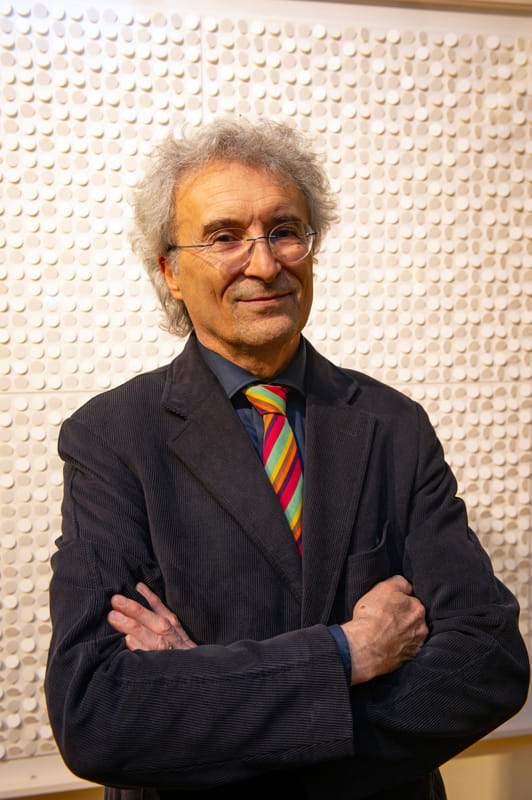
-
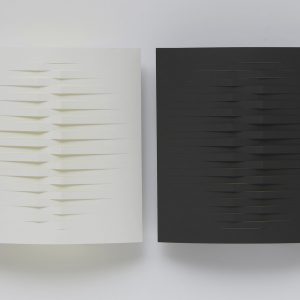
Claudio ROTTA LORIA
Read moreClaudio ROTTA LORIA8 December 20227 February 2023 -
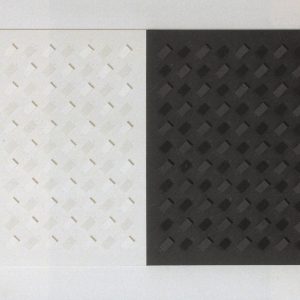
Claudio ROTTA LORIA
Read moreClaudio ROTTA LORIA8 December 20227 February 2023
As likes to point out, Claudio ROTTA LORIA attaches particular importance to the fact that he seized the opportunity offered by the events occurred in 1968 on the artistic horizon, managing to set up with a few fellow travellers a research and proposal group (Experimental Centre for Aesthetic Research), the Ti.zero Group.
-
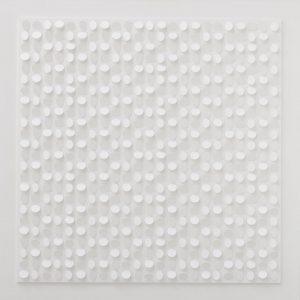
Claudio ROTTA LORIA
Read moreClaudio ROTTA LORIA8 December 20227 February 2023
In many cases the initial impression, is, taking it to the extremes, that of finding oneself in front of a monochrome work of rare elegance, already finished and fully enjoyable in itself, inspecting it more thoroughly; however, this eventually reveals a series of veiled surprises that are not immediately easy to identify.
Then, little by little, as you investigate the work more carefully, moving in front of it and displacing it, it begins to dialogue and manifest itself in its true essence, always composedly, a little at a time: first a shadow, then a different colour, a hidden form, a reflection, ending up voraciously thrilling the most discerning onlooker.
-

Claudio ROTTA LORIA
Read moreClaudio ROTTA LORIA8 December 20227 February 2023
-
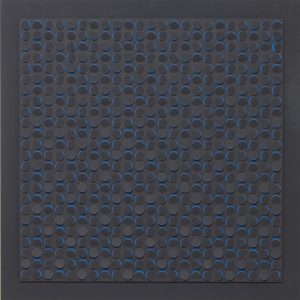
Claudio ROTTA LORIA
Read moreClaudio ROTTA LORIA8 December 20227 February 2023
Rotta Loria therefore manages to reinvent space by means of a few, apparently simple and non-invasive interventions. The work appears elegant and pure, maybe even too intellectual at first glance, but it slowly surprises, manifesting its own facets, always extremely calm, yet numerous and unpredictable, delicately redesigning a new space that is both bare and sumptuous at the same time.
JORRIT TORNQUIST
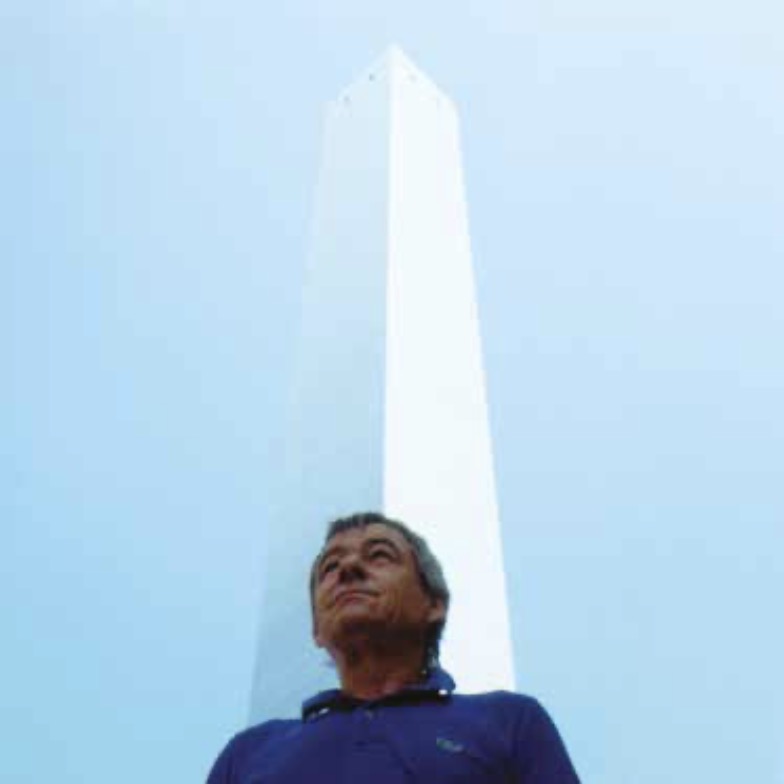
“Colour is everywhere, it is born in the light of day and manifests itself in the sky and in the seas as well as in our eyes, and it is always changing: the skin of the chameleon, the soap bubble or the thin layer of oil on the water. Colour is surface, paint, make-up, dress grown up or worn, for identification or camouflage …”
Jorrit Tornquist
-
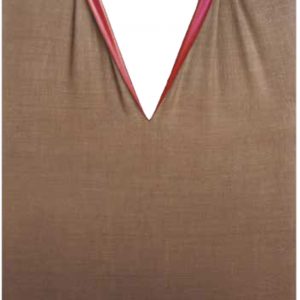
Jorrit TORNQUIST
Read moreJorrit TORNQUIST27 January 20237 February 2023 -
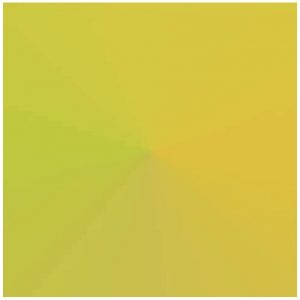
Jorrit TORNQUIST
Read moreJorrit TORNQUIST27 January 20237 February 2023
-
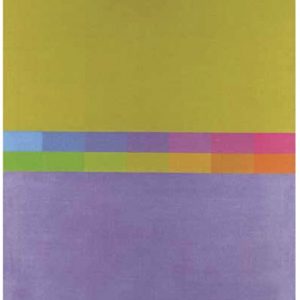
Jorrit TORNQUIST
Read moreJorrit TORNQUIST27 January 20237 February 2023
Tornquist reproduced the complex interplay of light-colour-shadow through the superimposition of numerous layers of acrylic colour, skilfully mixed to generate particular iridescences, until reaching material concretions such as to create dark spots. This conception of an active, energetic colour too, which plays with the viewer and the environment, takes on an accomplished artistic form.
The canvas, carefully painted with rare and refined shades and nuances, does not adhere completely to the frame but shrinks leaving a corner free by withdrawing to one side, giving rise to a series of folds. In this way a prolific dialogue arises between full and empty, between the environment and the work and on these opalescent folds the light slips and flickers, originating ever-new and unexpected effects.
-
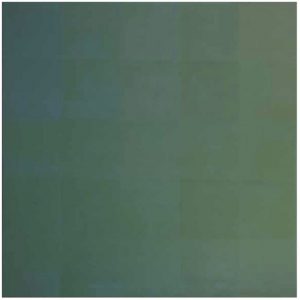
Jorrit TORNQUIST
Read moreJorrit TORNQUIST27 January 20237 February 2023
-
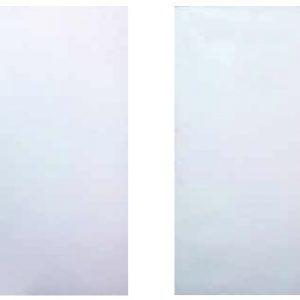
Jorrit TORNQUIST
Read moreJorrit TORNQUIST27 January 20237 February 2023
The far-reaching scope that Tornquist takes upon himself is openly that of having applied with clearness of mind, great aesthetic taste and a tendency to totality, the lyrical theories on colour and the severe chemical formulas of the pigment to the simple and concrete reality of the world we see and live in every day, thus giving the colour a daily shape, while it is usually considered according to pure artistic meanings that are quite distant from the customary ones.
ALL WORKS
-

Claudio ROTTA LORIA
Read moreClaudio ROTTA LORIA8 December 20227 February 2023 -

Claudio ROTTA LORIA
Read moreClaudio ROTTA LORIA8 December 20227 February 2023 -

Claudio ROTTA LORIA
Read moreClaudio ROTTA LORIA8 December 20228 December 2022 -

Claudio ROTTA LORIA
Read moreClaudio ROTTA LORIA8 December 20228 December 2022
-
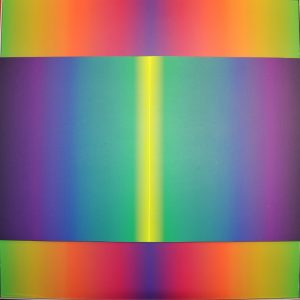
Jorrit TORNQUIST
4.800,00 € Add to cartJorrit TORNQUIST16 January 20237 February 2023 -
Sold out
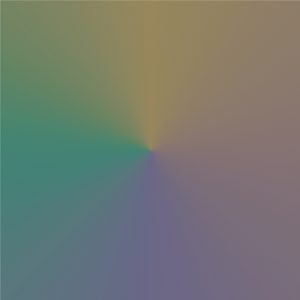
Jorrit TORNQUIST
Read moreJorrit TORNQUIST16 January 20237 February 2023 -
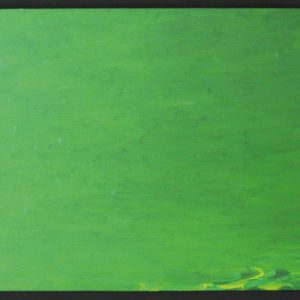
Jorrit TORNQUIST
Read moreJorrit TORNQUIST16 January 20237 February 2023 -

Jorrit TORNQUIST
Read moreJorrit TORNQUIST27 January 20237 February 2023 -
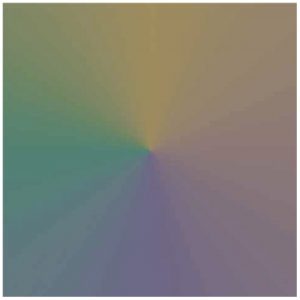
Jorrit TORNQUIST
Read moreJorrit TORNQUIST27 January 20237 February 2023 -

Jorrit TORNQUIST
Read moreJorrit TORNQUIST27 January 20237 February 2023 -
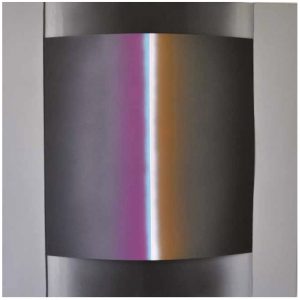
Jorrit TORNQUIST
Read moreJorrit TORNQUIST27 January 20237 February 2023 -

Jorrit TORNQUIST
Read moreJorrit TORNQUIST27 January 20237 February 2023 -

Jorrit TORNQUIST
Read moreJorrit TORNQUIST27 January 20237 February 2023 -

Jorrit TORNQUIST
Read moreJorrit TORNQUIST27 January 20237 February 2023 -
Sold out
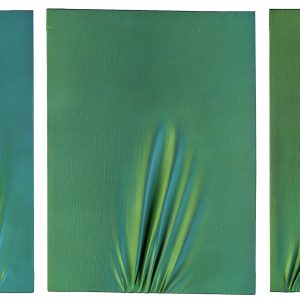
SENZA TITOLO (A B C) 1987
Read moreSENZA TITOLO (A B C) 198711 January 202326 January 2023
CLAUDIO ROTTA LORIA
(Turin, 1949), a major representative of Italian programmed art, has conducted over time a research on the themes of visual structural nature, optical-perceptual investigation and the art-science relationship, with a particular focus on the method and procedures that give rise to the work in the framework of a structural-constructive aesthetic system. His research is divided into parallel cycles of interconnected works that maintain the unitary character of a total project and an overall consistency and recognisability of the work as a whole.Not only did this method of investigation lead Rotta Loria to investigate the two dialectical poles around which its experimental activity is concentrated – namely, on the one hand, the constructive process of the work and its structural variations and, on the other, the subjective sensitivity and the poetic value of geometry (Interactive Surfaces, Chromoplastics, Surfaces with Light Interfer-ence, Spatialisation of Elementary Shapes, Interactions, etc.) – but such a demanding research also engaged the artist in the analysis of the spatial implications and the social function of the work in its relationship with the environment through interventions in the wildlife and installations in situ; in the verification of possible grammatical correspondences – prompted by the linguistic-structur-al paradigm – between the sign system of geometry and the sign system of non-verbal communication (For an Ethno-semiological Investigation of Gesture); in the exploration of the sensitive and emotional aspects of painting (Spaces of Textures and Tensions); to the point of measuring himself against the “geographical” suggestion rendered in works with a strong total, germinative, involving spatiality (Geografie, Equatori, Promenades chromatiques circulaires.
A co-founder of the “Ti.zero. Experimental Centre for Aesthetic Research” in Turin, since 1966 Rotta Loria has set up over one hundred solo exhibitions and large installations both in Italy and abroad and has been invited to numerous international exhibitions in Europe, the United States, Canada and Australia. These include the Rome Quadriennale (1975), the Encontros Internacionais de Arte in Lisbon and Porto (1975), the Arteder Art Fair in Bilbao (1982), Fabriano(c)arte (1985), the Biennale Internationale du Pastel in Saint-Quentin (1988 and 1990), the Forum Konkrete Kunst Erfurt (1994), the International Triennale of Contemporary Art in Prague (2008), the Scultura Internazionale exhibition in Racconigi (2010), and the Venice Biennale (2011 and 2017).
His works were exhibited at the Centre Georges Pompidou in Paris (1981), at the European Parliament in Strasbourg (1995), at the Modern Art Galleries in Turin (1999), Zagreb (2007) and Prague (2008) as well as at the National Gallery of Modern Art in Rome (2012).Works by him are on display in collections of Italian and foreign museums and institutions and include wall works, sculptures and installations. Also worthy of mention is a fountain (located in Raron, Switzerland) and the historic Goldmund Apologue loudspeaker – awarded in 1987 by the MOMA in New York for its unique design.In 2008 Rotta Loria represented Italy as an “Artist in Residence” at the Cultural Institute in Zagreb on the occasion of the event “Night of EU Cultural Institutes.
JORRIT TORNQUIST
Jorrit Tornquist Graz (Austria) 1938
He is definitely one of the most significant representatives of concrete art at an international level. From 1965 to the present, he has held numerous exhibitions in private, public galleries and museums across Europe, the United States and Japan, including:1967 Arte a Milano, Royal Palace, Milan; Trigon 67, Graz, Austria. 1968 Public Eye, Hamburg, Germany. 1969 Nt 4, Zagreb, Croatia; Trigon 69, Graz, Austria. 1970 Recherches objectives [Objective Research], Brussels, Belgium; Tangenten 70, Vienna, Austria. 1973 Kansas City Museum, United States of America. 1974 Geplante Malerei [Planned Painting], Münster, Germany. 1986 “Colore” [Colour], Venice Biennale, curated by Attilio Marcolli, Venice. 1990 L’apprendista stregone [The Wizard’s Apprentice], Faenza. 1992 Il cerchio [The Circle], Dioce Ecbatana, Turin. 1994 Big & Great, Palazzo Martinengo, Brescia. 1995 La sindrome di Leonardo [Leonar-do’s Syndrome], Turin, Barcelona. 1996 Plaza Gallery, Tokyo, Japan; “Jenseits von Kunst” [Beyond Art], Ludwigmuseum/Budapest-H/ Neue Galerie, Graz, Austria. 1999 Galleria Credito Valtellinese, Palazzo Sertoli, Sondrio.
2004 Collezione biennale delle arti dell’Unita’ d’Italia [Biennial Art Collection of the Unification of Italy], Royal Palace of Caserta. 2006 Palazzo della Loggia, Salone Vanvitel-liano, Brescia. 2007 The Matter of Science, Civic Gallery of Modern Art, Ljubljana, Slovenia; PoliArt, Milan. 2008 Jorrit Tornquist, Viaggio a Roma [A Trip to Rome], Museums of San Salvatore in Lauro. 2009 Jorrit Tornquist, Viaggio a Perugia [A Trip to Perugia], Galleria Nazionale dell’Umbria [National Gallery of Umbria], Palazzo dei Priori; Jorrit Tornquist, Prinzip Farbe [Principle of Colour], Neue Galerie Graz, Austria. 2010 Jorrit Tornquist, Viaggio a Genova [A Trip to Genoa], Royal Palace Museum. 2012 The Intersection of Color and Thought, P.J. Steele Gallery, Rocky Mountain College of Art and Design, Denver, Colorado, USA; Jorrit Tornquist at the GR Art Studio, Sacile (Pordenone). 2014 De la luz a la imagen [From Light to Image], MACBA, Museum of Contemporary Art, Buenos Aires. 2015 Jorrit Tornquist – Alberto Biasi en América del Sur [Alberto Biasi in South America], Mac, Bellas Artes, Santiago de Chile; Traguardare il colore [Spotting Colour], PoliArt, Milan. 2016 Jorrit Tornquist e altre geometrie del colore [Jorrit Tornquist and Other
Colour Geometries], Villa Brandolini, Pieve di Soligo; Colore sempre [Colour Always], Museo Archeologico Nazionale [National Archaeological Museum], Mantua.
2017 Jorrit Tornquist, Viaggio a Trani [A Trip to Trani], Castello Svevo [Hohenstaufen Castle]; Colour Works, Spazio Heart, Vimercate (Milan); Bordered, Arte Silva, Seregno (Milan); Jorrit Tornquist, Artea Gallery, Milan. 2018 Jorrit Tornquist, Galerie Leonhard, Graz, Austria; Jorrit Tornquist, Glance Art Studio, Forlì. 2019 Coloristi a confronto [Colourists Compared]: Jorrit Tornquist, Rocco Borella, Palazzo delle Arti, Naples; Jorrit Tornquist, Colore arte ambiente [Colour, Art, Environment], Palazzo Regazzoni, Sacile; Jorrit Tornquist, Studio F22 Modern Art Gallery, Palazzolo s/O; Contact, Galleria Brescia, Brescia; Touch, Spin-Off Gallery, Milan; Lucio Fontana, la sua lunga ombra, quelle tracce non cancellate [Lucio Fontana, his Long Shadow, Those Unerased Footprints], Regional Archaeological Museum, Aosta; Transiti [Transits], Palazzo Lascaris, Sala Viglione, Turin; Colore movimento illusione [Colour Movement Illusion]. Tornquist Costalonga Hsiao, Fondazione Bevilacqua La Masa, Venice; Ars Regia. La granda Alchemica, Mùses Accademia Europea delle Essenze, Palazzo Taffini d’Acceglio, Savigliano; 3200 gradi Kelvin, arte e mito del bianco [3200 Degrees Kelvin, Art and Myth of White], Municipal Gallery of Modern and Contemporary Art, Portogruaro; Lucio Fontana e i mondi oltre la tela, tra oggetto e pittura [Lucio Fontana and the Worlds Beyond the Canvas, Between Object and Painting], Municipal Gallery, Monfalcone. 2021 Ormenese e i suoi tempi [Ormenese and His Times], Antonio Sapone Municipal Picture Gallery, Gaeta; Presentation of the permanent installation of sculptures by Jorrit Tornquist and Rasheed Araeen, Assicurazioni Generali Castello, Brescia.His subsequent research work on the perception and use of colour led to significant applications in the architectural and design fields.
Since 1966 he has developed numerous colour projects for both public and private clients in Italy and elsewhere Europe, including: 1994 Jakomini Platz, Graz, Austria. 1996 ASM Waste-to-energy plant, Brescia.2013 Bridge of Expo 2015, Milan.The numerous publications offer an indepth investigation of the approach to colour from both a theoretical and technical-practical point of view, including: 1998 Colore e luce (teoria e pratica) [Colour and Light (Theory and Practice)], Ed. Istituto del Colore, Milan, Theory and Practice], Editorial Gustavo Gili, SL Barcelona.